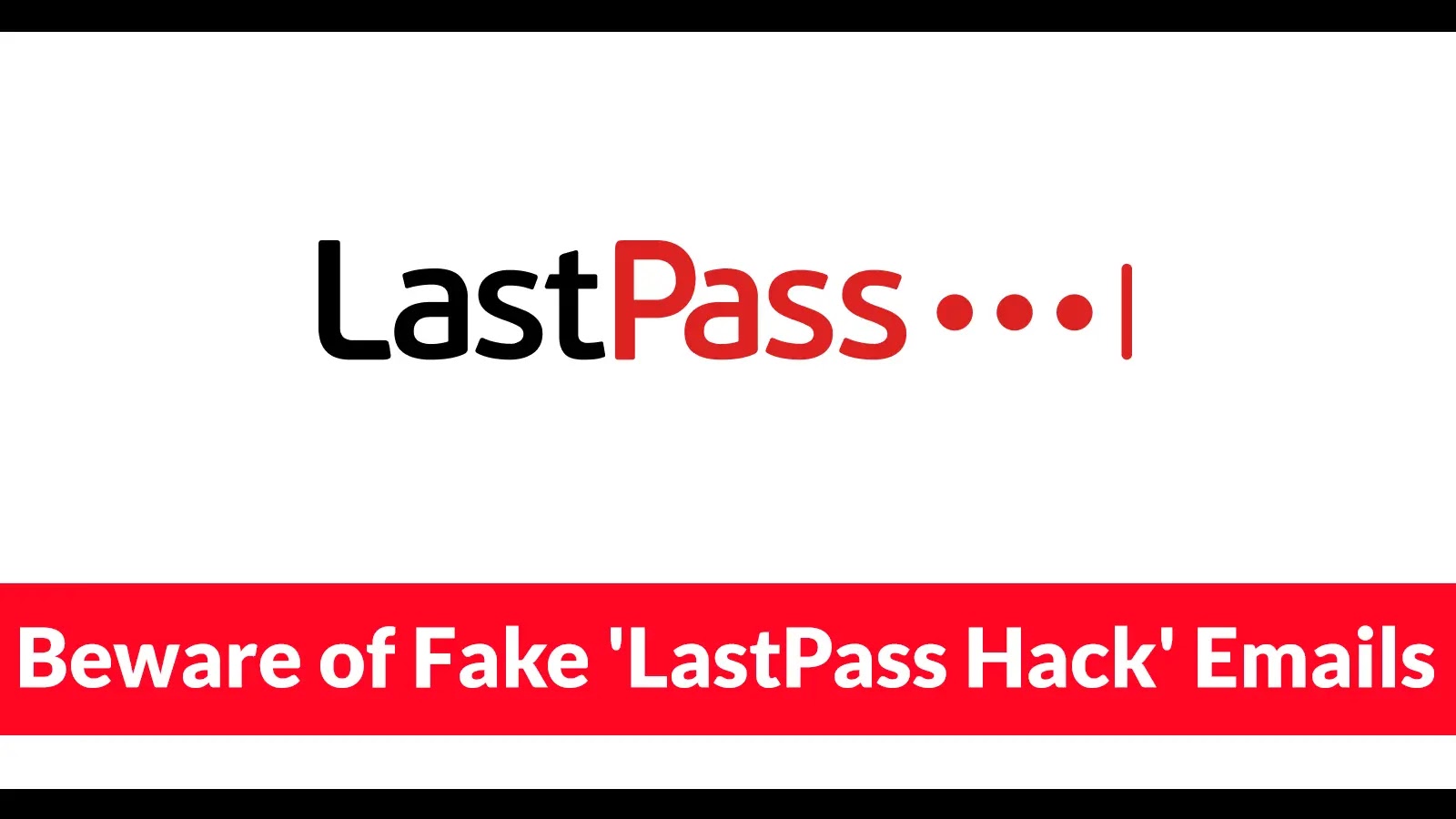Cybersecurity experts have recently identified a sophisticated phishing campaign targeting LastPass users. Attackers are sending fraudulent emails that mimic official breach notifications from LastPass, claiming that users’ accounts have been compromised. These emails urge recipients to download a security patch to restore account access. However, the provided link leads to a malicious file designed to install malware on the victim’s system.
Details of the Phishing Scheme
The deceptive emails are crafted to appear legitimate, incorporating LastPass branding, including company logos and links that seem to direct users to official domains. Upon closer inspection, subtle alterations in the URLs redirect users to attacker-controlled servers hosting malicious executables. This tactic exploits the trust users place in familiar branding to lower their guard.
The campaign has been active since early October and has already affected several enterprise users. LastPass analysts became aware of the scheme after multiple users reported unexpected login failures and unusual network activity following interactions with the phishing emails.
Technical Breakdown of the Attack
Each phishing email includes a ZIP archive named LastPass_Security_Update.zip, which contains an executable file disguised as an MSI installer. When executed, this installer drops a PowerShell script into the user’s AppData folder and sets up a scheduled task to run the script. The PowerShell script then connects to a remote command-and-control server to download a second-stage payload. This payload is capable of keylogging, capturing screenshots, and moving laterally within corporate networks, posing significant security risks.
Infection Mechanism
The core of this attack is a crafted PowerShell command that downloads and executes the malware loader directly in memory, without writing the script to disk. This method helps the malware evade detection by traditional antivirus solutions. The loader then injects a DLL into `svchost.exe` to maintain persistence and bypass application whitelisting.
Recommendations for Users
To protect against such phishing attacks, users are advised to:
– Verify Email Authenticity: Always scrutinize emails claiming to be from LastPass or other service providers. Look for signs of phishing, such as unexpected requests, urgent language, or unfamiliar sender addresses.
– Avoid Downloading Attachments from Unverified Sources: Do not download or open attachments from emails unless you are certain of their legitimacy.
– Employ Multi-Factor Authentication (MFA): Enable MFA on your accounts to add an extra layer of security, making it more difficult for attackers to gain unauthorized access.
– Monitor for Unusual Activity: Keep an eye on your accounts and network for any signs of unusual activity, such as unexpected login attempts or changes to account settings.
– Keep Software Updated: Regularly update your operating system, applications, and security software to protect against known vulnerabilities.
Conclusion
This phishing campaign highlights the evolving tactics of cybercriminals who exploit trusted brands to deceive users. By staying vigilant and following best security practices, users can reduce the risk of falling victim to such attacks.



